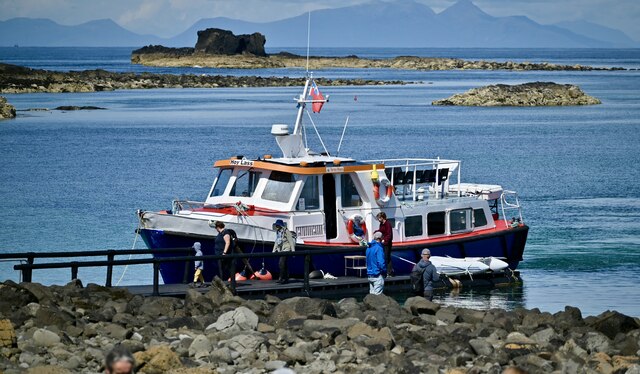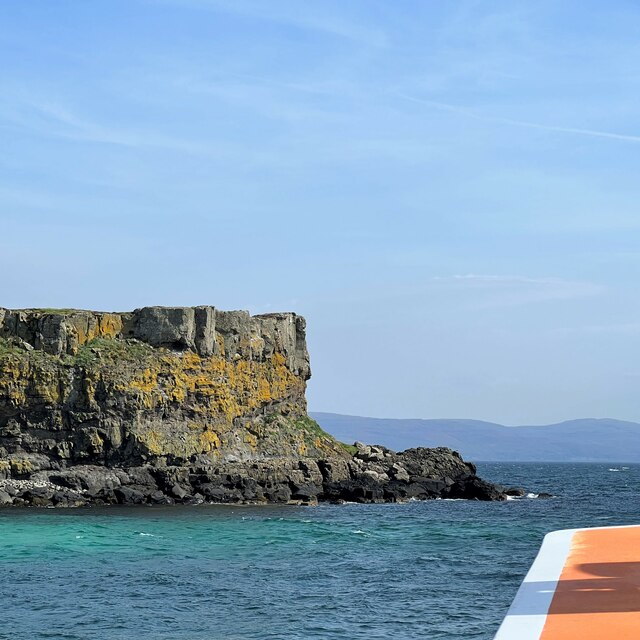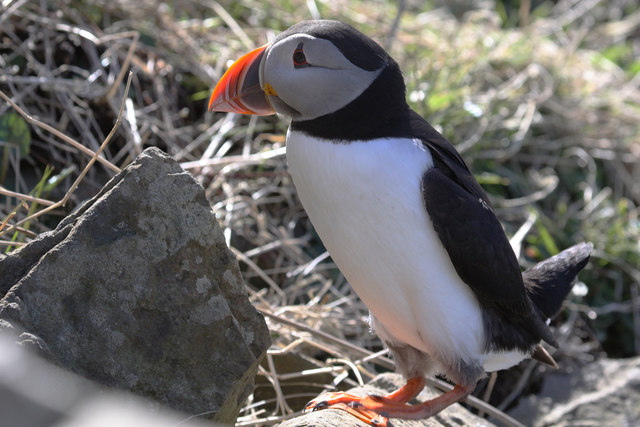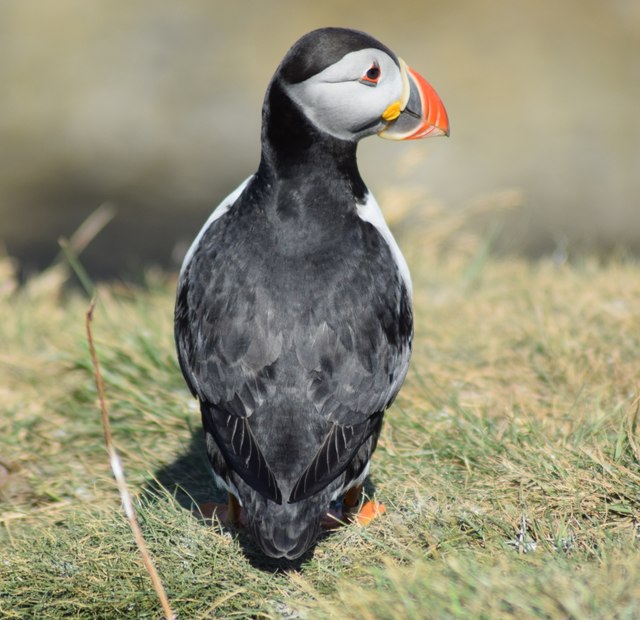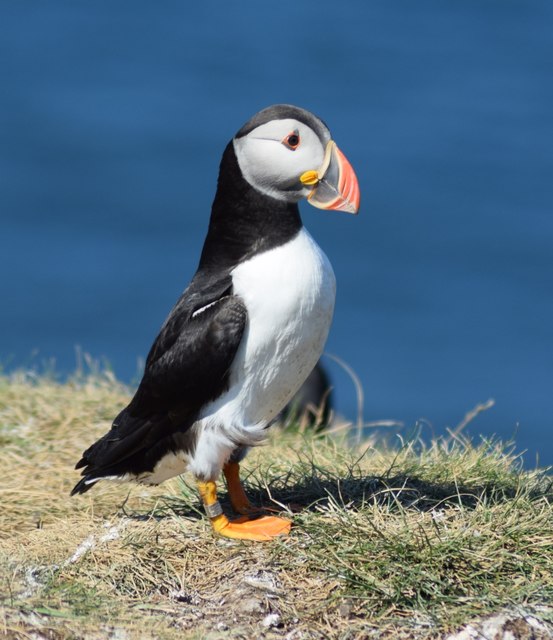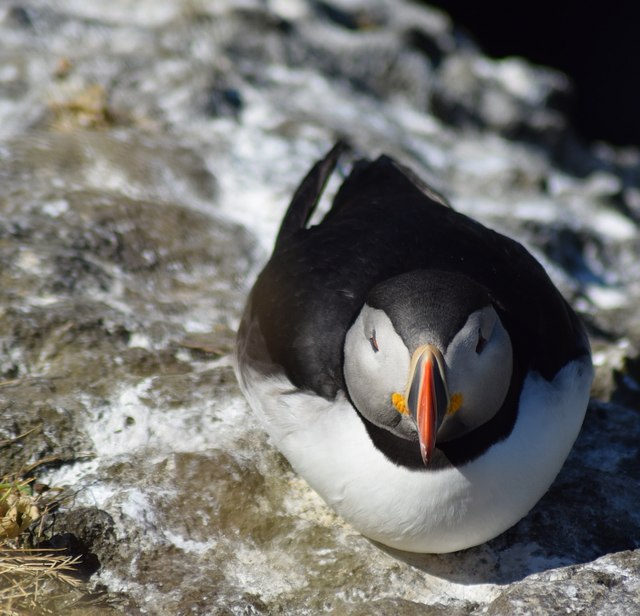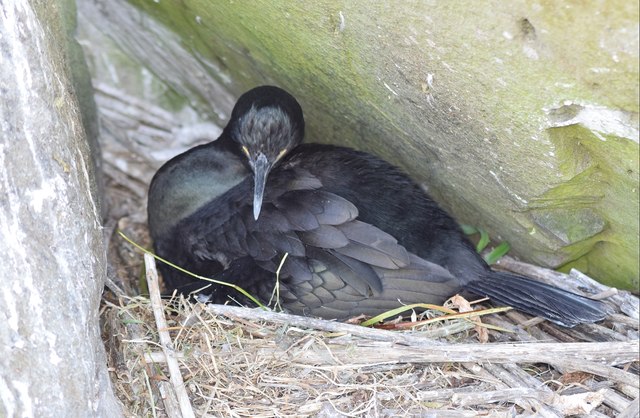Sgeirean na Giusaich
Island in Argyllshire
Scotland
Sgeirean na Giusaich
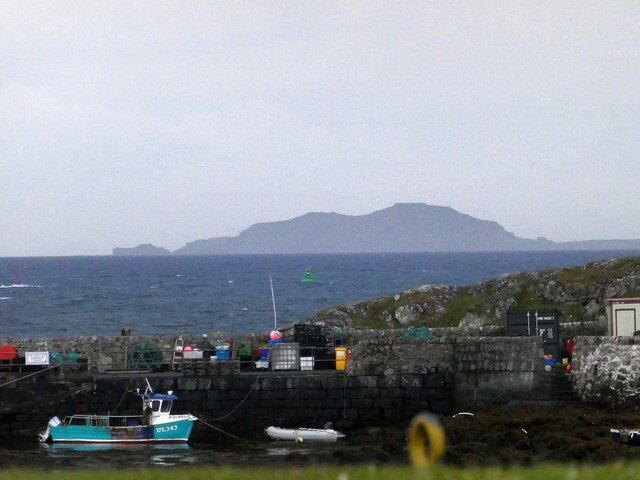
Sgeirean na Giusaich is a group of small islands located off the west coast of Scotland, specifically in Argyllshire. It is situated in the Inner Hebrides, an archipelago known for its rugged landscapes and beautiful natural scenery. The islands are uninhabited and are part of a nature reserve, making them an important site for wildlife conservation.
The name "Sgeirean na Giusaich" translates to "the skerries of Giusaich" in English. Skerries are rocky islets that are often found in coastal areas, and they are a prominent feature of these islands. The coastline is characterized by dramatic cliffs and rocky outcrops, which provide nesting sites for various seabird species, including guillemots, razorbills, and puffins.
The islands are also home to a diverse range of marine life. The surrounding waters are teeming with fish, making it an ideal location for fishing enthusiasts. Seals can often be spotted basking on the rocks, while dolphins and porpoises occasionally make appearances in the area.
Access to Sgeirean na Giusaich is limited due to their remote location and lack of infrastructure. However, boat trips and guided tours are available for those interested in exploring the islands and observing the wildlife. Visitors are advised to take precautions and adhere to the conservation guidelines in order to minimize any potential impact on the delicate ecosystem.
Overall, Sgeirean na Giusaich offers a unique opportunity to experience the untamed beauty of the Scottish coastline and witness the wonders of the natural world.
If you have any feedback on the listing, please let us know in the comments section below.
Sgeirean na Giusaich Images
Images are sourced within 2km of 56.498504/-6.4096451 or Grid Reference NM2842. Thanks to Geograph Open Source API. All images are credited.

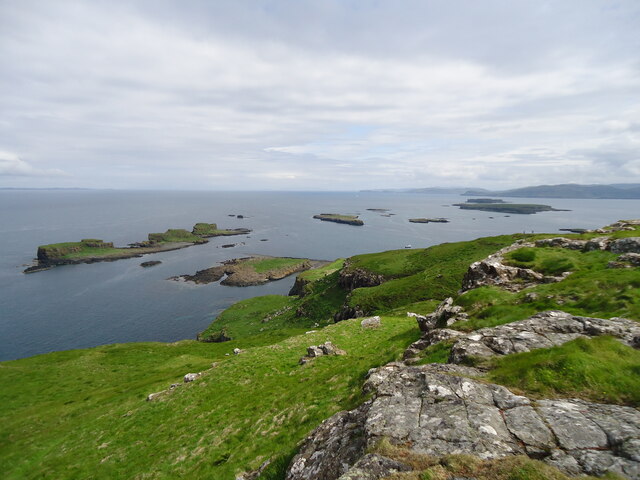
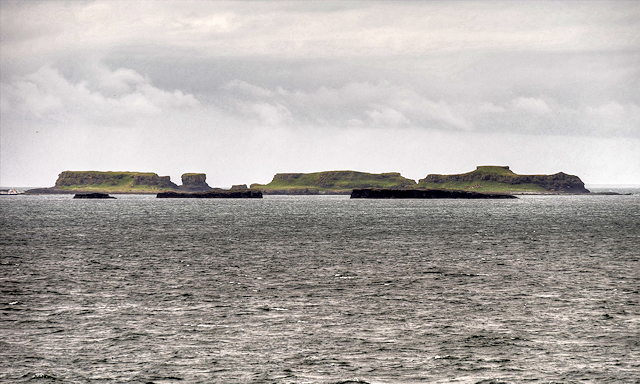
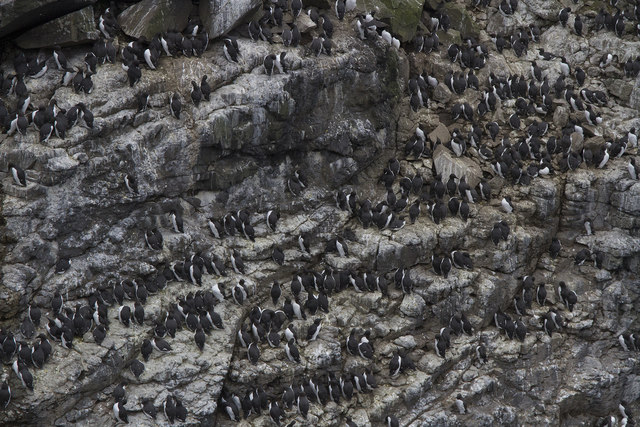
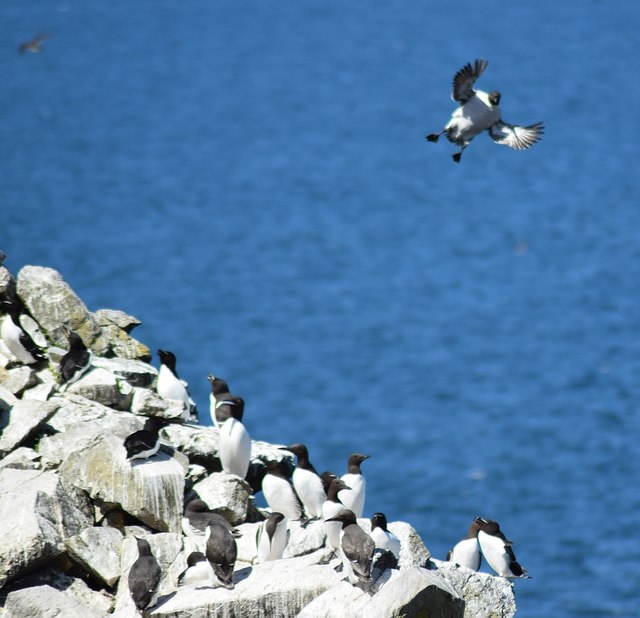
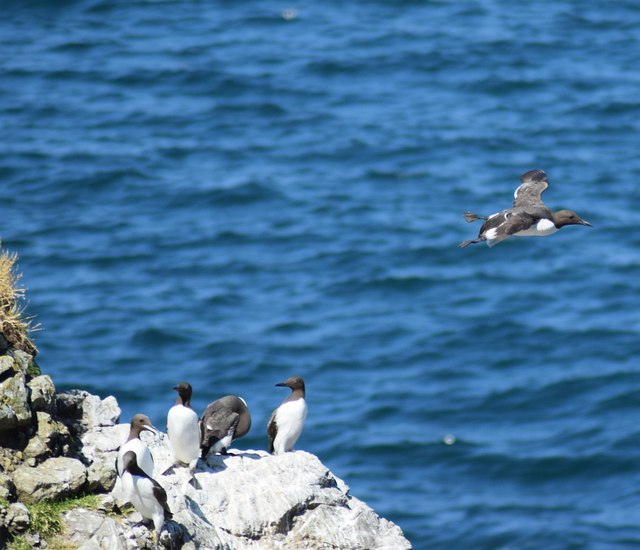
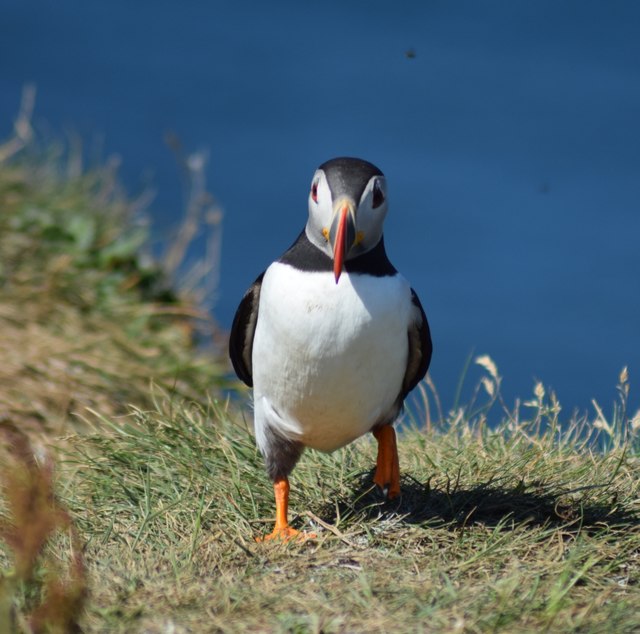
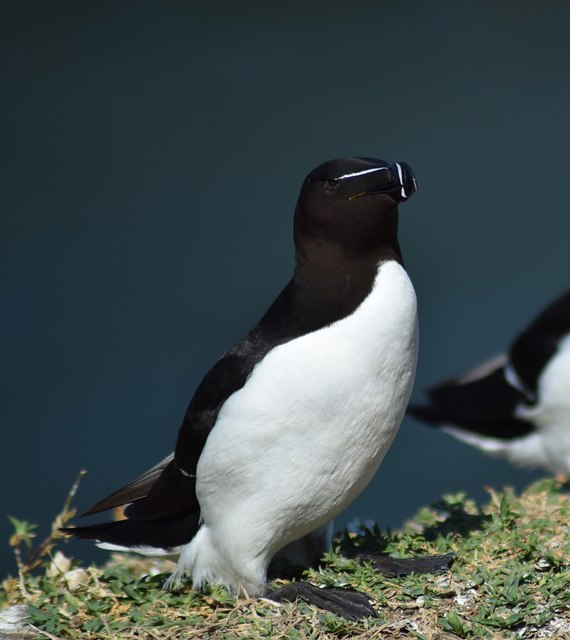
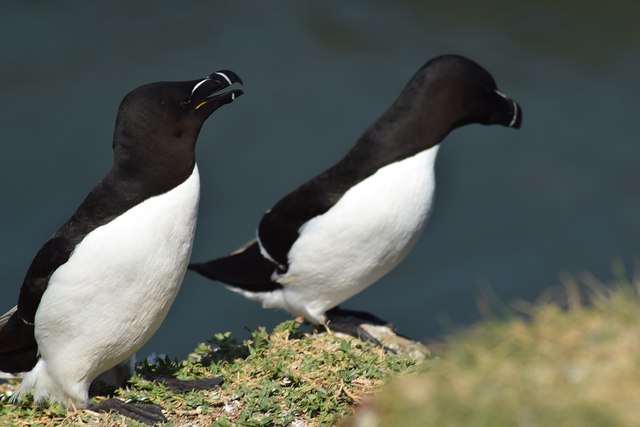
Sgeirean na Giusaich is located at Grid Ref: NM2842 (Lat: 56.498504, Lng: -6.4096451)
Unitary Authority: Argyll and Bute
Police Authority: Argyll and West Dunbartonshire
What 3 Words
///wordy.nephews.seasonality. Near Calgary, Argyll & Bute
Nearby Locations
Related Wikis
Treshnish Isles
The Treshnish Isles are an archipelago of small islands and skerries, lying west of the Isle of Mull, in Scotland. They are part of the Inner Hebrides...
Lunga, Treshnish Isles
The island of Lunga is the largest of the Treshnish Isles in Argyll and Bute, Scotland. The Isles are part of the Loch Na Keal National Scenic Area....
Fladda, Treshnish Isles
Fladda is the northernmost of the Treshnish Isles. Its name comes from the Old Norse Flat-ey meaning "flat island". Fladda is owned by the Hebridean Trust...
Cairnburgh Castle
Cairnburgh Castle is a ruined castle that is located on the islands of Cairn na Burgh Mòr and Cairn na Burgh Beag, Argyll and Bute, Scotland. These islands...
Nearby Amenities
Located within 500m of 56.498504,-6.4096451Have you been to Sgeirean na Giusaich?
Leave your review of Sgeirean na Giusaich below (or comments, questions and feedback).
